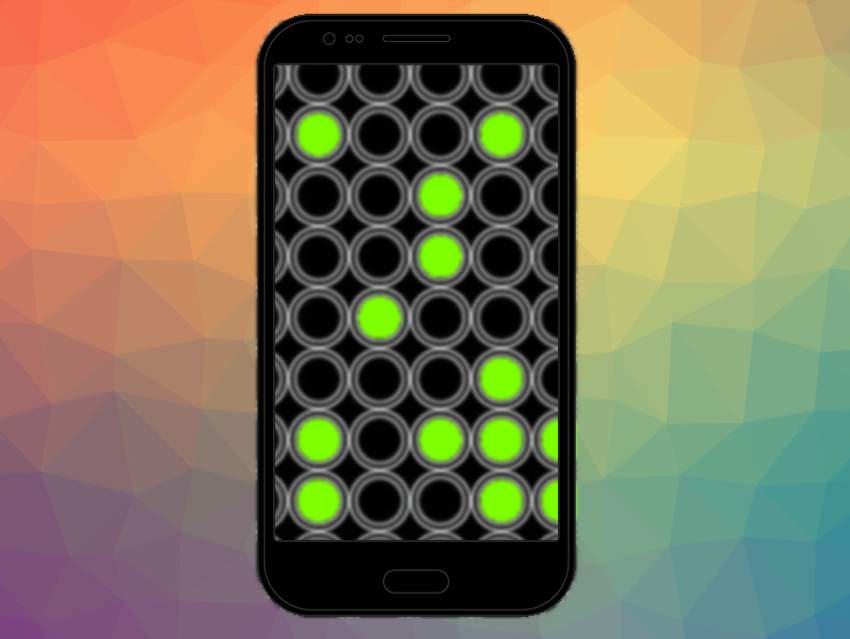The COVID-19 pandemic is caused by the coronavirus SARS-CoV-2. Testing for the disease usually involves detecting the genetic material of the virus, using tests that rely on a reverse transcription polymerase chain reaction (RT-PCR) to multiply the virus RNA. However, this process has a limited throughput due to long test times, finite laboratory capacity, and comparatively high costs.
In addition, most COVID-19 tests currently require swabbing the upper part of the nose or throat areas, which can be uncomfortable and usually requires medical professionals in full protective gear to collect samples. However, SARS-CoV-2 may be equally present in saliva during early infection, so saliva-based COVID-19 tests could enable simpler testing.
Tony Y. Hu, Tulane University School of Medicine, New Orleans, LA, USA, and colleagues have developed a practical ultrasensitive approach to COVID-19 testing: a portable saliva-based smartphone platform that provides results within 15 minutes without a resource-intensive PCR laboratory test. The team built a prototype assay chip that uses the CRISPR/Cas12a enzyme to enhance the signal from an amplified RNA target within a saliva sample. They integrated the chip into a smartphone-based fluorescence microscope readout device, which captures and analyzes images to determine whether the virus is present above a threshold concentration.
The researchers used this design to analyze saliva from twelve patients with confirmed COVID-19 infections and six healthy control subjects. They found that the method successfully distinguished between patients with and without the virus. According to the team, future versions of the chip used in this technique could contain pre-loaded reagents and sample controls, and a custom smartphone app could enable secure, wireless data reporting for telehealth applications.
- A smartphone-read ultrasensitive and quantitative saliva test for COVID-19,
Bo Ning, Tao Yu, Shengwei Zhang, Zhen Huang, Di Tian, Zhen Lin, Alex Niu, Nadia Golden, Krystle Hensley, Breanna Threeton, Christopher J. Lyon, Xiao-Ming Yin, Chad J. Roy, Nakhle S. Saba, Jay Rappaport, Qingshan Wei, Tony Y. Hu,
Sci. Adv. 2020.
https://doi.org/10.1126/sciadv.abe3703
Also of Interest
- Collection: SARS-CoV-2 Virus
What we know about the new coronavirus and COVID-19 - Clever Picture: COVID-19 Specific Testing,
ChemViews Mag. 2020.
https://doi.org/10.1002/chemv.202000033
Picture describes how coronavirus testing works




